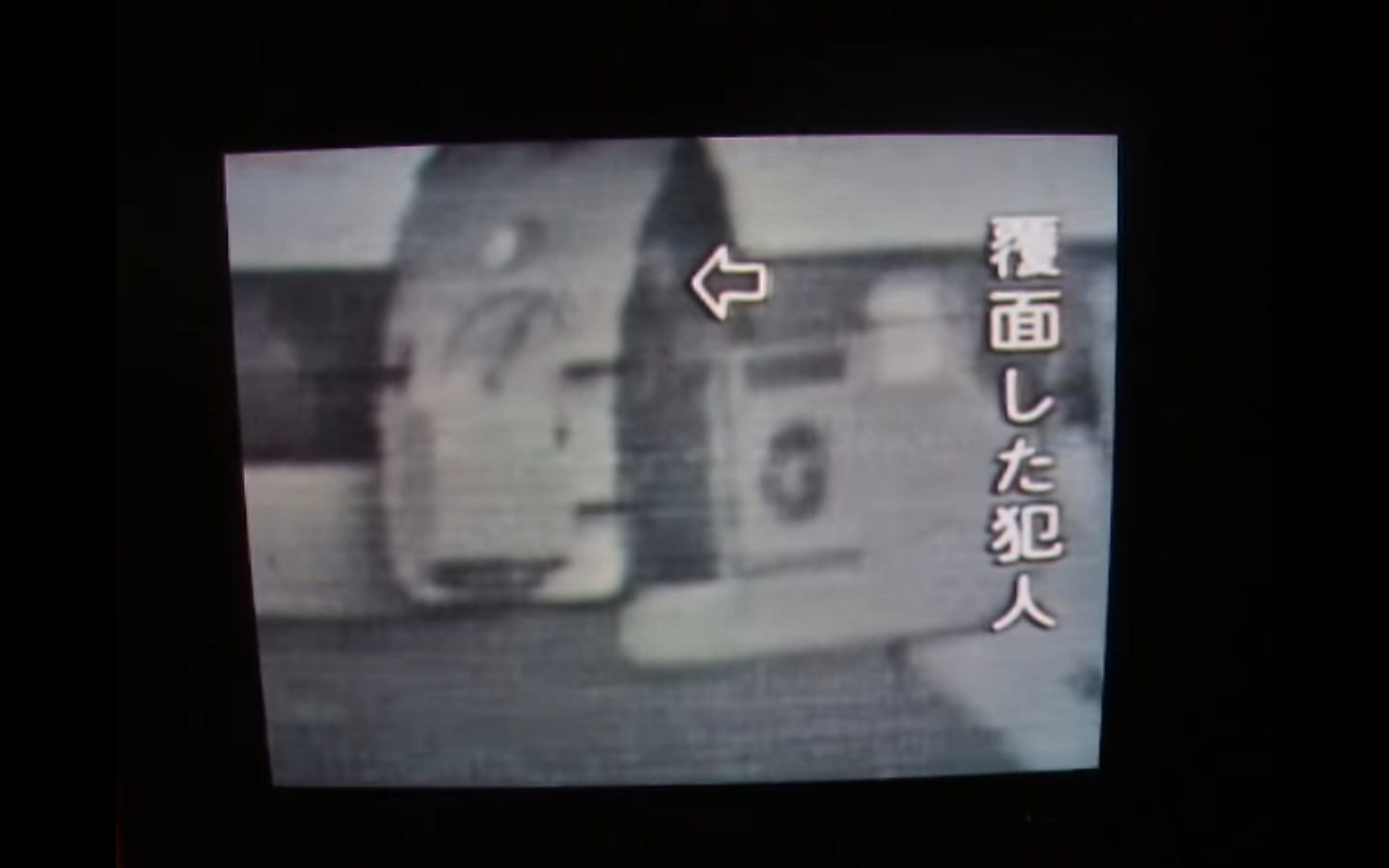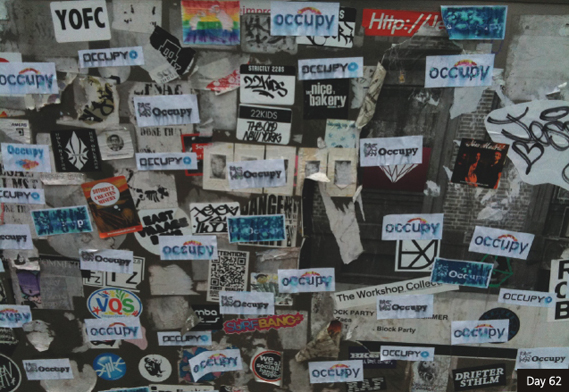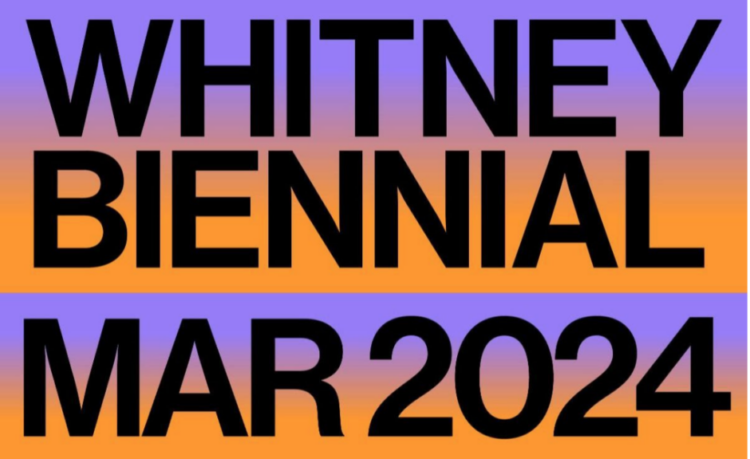In Focus: Naeem Mohaiemen’s”The Young Man Was”

Still from Naeem Mohaiemen’s film, The Young Man Was, Part 1: United Red Army
Naeem Mohaiemen (2008 Visual Arts) is an artist and writer who uses essays, photography and film to explore histories of failed utopias. His Creative Capital-supported project, The Young Man Was, traces a history of the 1970s “ultra-left,” with each chapter in a different medium.
The film component of this project, The Young Man Was, Part 1: United Red Army, will have its world premiere on May 1 at the Hot Docs film festival in Toronto, Canada, followed by a New York premiere at Anthology Film Archives and multiple screenings at universities throughout Bangladesh. Mohaiemen also has two exhibitions in May of a timeline wall installation, a companion to the film, at A Space Gallery in Toronto (through May 26) and at the Frieze New York with Experimenter Gallery (May 4-7).
United Red Army looks at the 1977 hijacking of JAL flight 472 to Dhaka, Bangladesh, by the Japanese Red Army. Framing this action as a pivot point that ends “Act One of a certain 1970s scene,” Mohaiemen explores how the event led to a hardline change in global governments’ stance on hostage negotiations. The film is constructed from audio recordings of the negotiations between the Dhaka control tower and the lead hijacker, with tension building as “the accord between ransom and reason gives way to breaking point” (Shumon Basar, Tank).
Mohaiemen often pairs his film and museum projects with essays that research the underlying histories of the global left. In 2011, Mohaiemen was a leading critic of the controversial new book, Dead Reckoning, which denies the 1971 genocide in Bangladesh by the Pakistan Army. His critique was cited by the BBC and at panel discussions at Harvard and Columbia.
As part of his interest in protest movements, Mohaiemen has also documented the current Occupy movement. The following is an excerpt from his essay, The Longing for a Total, which accompanied a group of Mohaiemen’s photographs of protests in the recent exhibition Five Acts: Chronicles of Dissent at Marginal Utility in Philadelphia (January 6 – March 18, 2012):
The power hosing of Zuccotti Park is mourned and the impact is felt everywhere, with the loss of physical organizing space. At the same time, a movement that became too consumed with protecting one square block of “public” property is now freed of that burden. People can move in to and through their affinity groups, rhizomatic in structure, open to many new possibilities, and difficult to coopt. Gregory Sholette calls this “Spores, buds, mushrooms, swarms, rhizomes, air, water; the swarmchive has emerged as a thing that seems to ask: What Am I?”
In November, one sign I photographed said: “This is the beginning of the beginning.” That seems the most accurate prediction. Nothing will end, or be completed, this year, or any time soon; things have only just been set in motion.
Somewhere out there George Orwell’s question is circulating: “Shall the common man be pushed back into the mud, or shall he not? I myself believe, perhaps on insufficient grounds, that the common man will win his fight sooner or later, but I want it to be sooner and not later– some time within the next hundred years, say, and not some time within the next ten thousand years.”
Orwell wrote this in 1943.
In addition to initial support from Creative Capital, The Young Man Was project has received additional support from Creative Time, Rhizome, Franklin Furnace, Puffin Foundation and Arts Network Asia. The film United Red Army received support from Jan Vrijman Fund and Sharjah Art Foundation.

